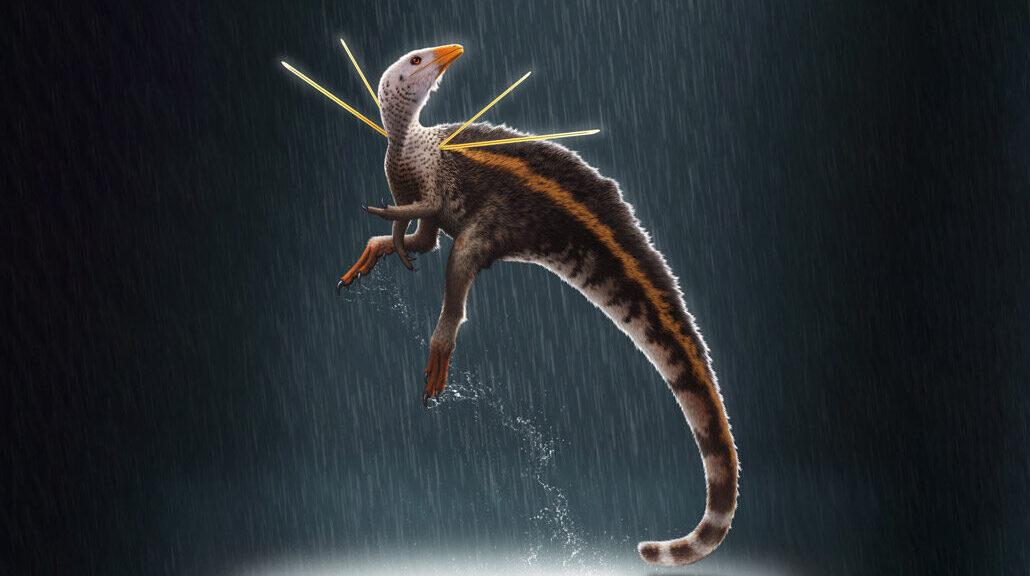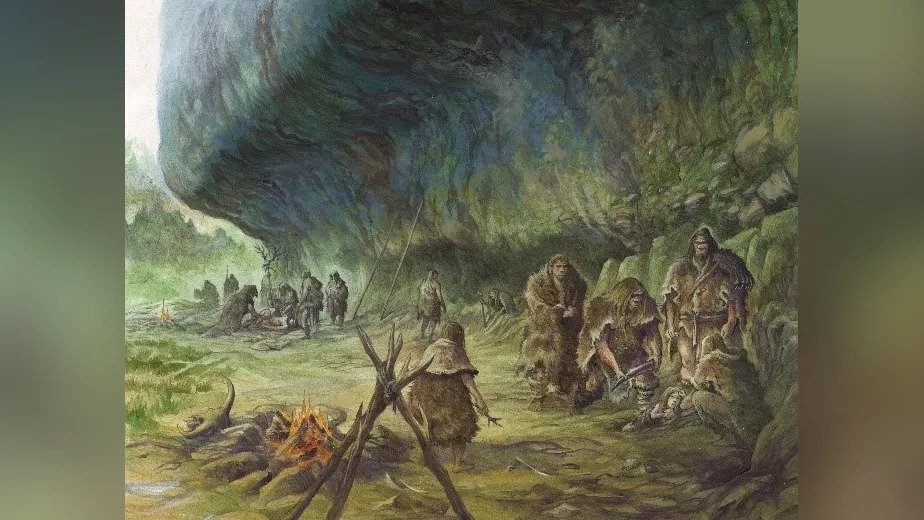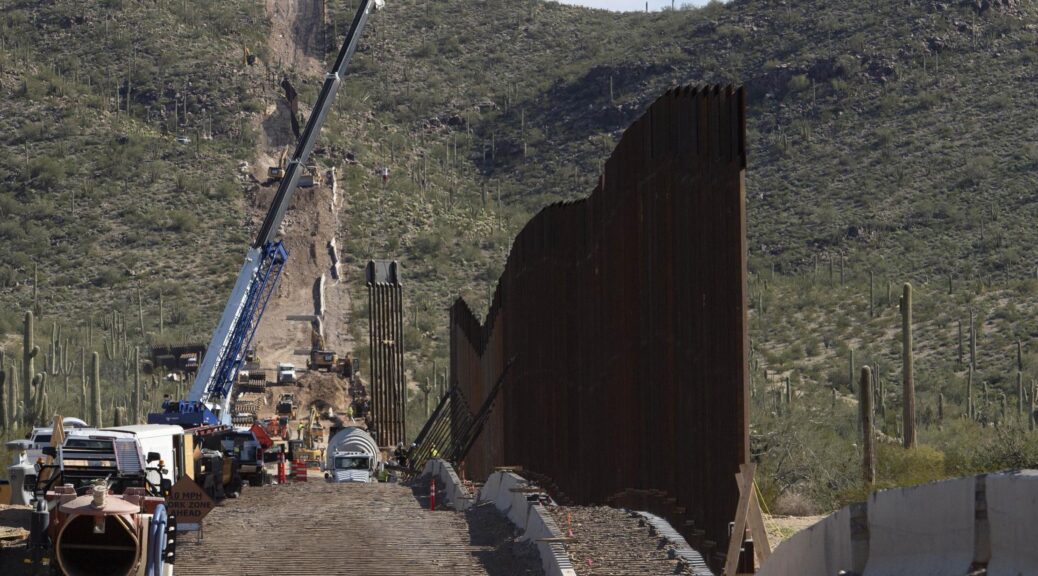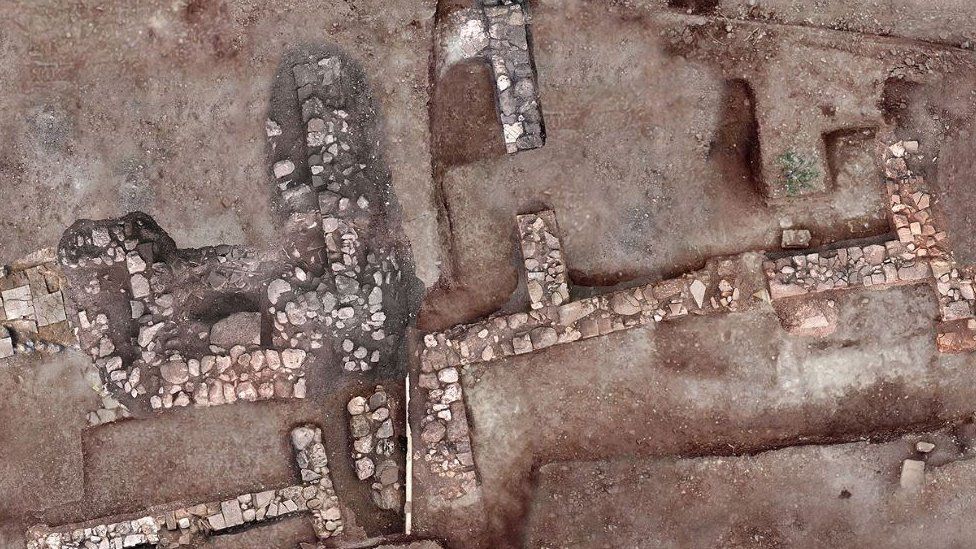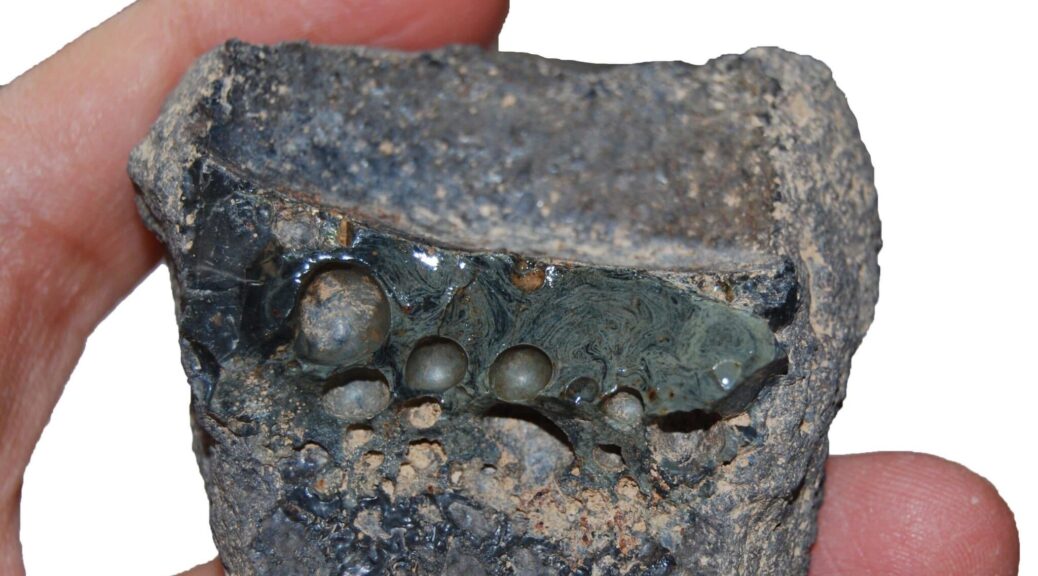Here is the list of top 10 Archaeological Discoveries of 2020
Archaeology is the closest thing we have to a time machine. Instead of using flux capacitors, however, archaeologists rely on technology like ground-penetrating radar, scanning electron microscopes, DNA sequencing, and of course, the good-old-fashioned shovel.
Equipped with the right tools and techniques, the work of these scientists allows us to reconstruct the past and imagine things as they once were.
Years from now, when we look back on the year that was 2020, archaeology won’t be the first thing that comes to mind. But that’s not to say it wasn’t a good year for this important scientific discipline, here is the list of the 10 most prominent archaeological discoveries to hit the headlines in 2020.
10. Melting Ice Reveals a Viking Mountain Pass

Melting Ice Reveals a “Lost” Viking-era Highway in Norway’s Mountains As the glaciers of Scanadvia melt, the long-forgotten journeys of intrepid Vikings are revealed.
Reported in the journal Antiquity today, a retreating Lendbreen glacier in the mountains of Norway has recently revealed a mountain pass used by Vikings over 1,000 years ago, along with a treasure trove … Continue reading Melting Ice Reveals a “Lost” Viking-era Highway in Norway’s Mountains→
9. Oldest Maya Temple

Mexico: 3,000-year-old Mayan ceremonial complex discovered in Tabasco In the latest breakthrough discovery of lost civilization, researchers have found the largest and the oldest Mayan site through a unique laser technology called lidar.
Using the aerial remote-sensing method, researchers at the University of Arizona found a colossal rectangular elevated platform that was built between 1000 … Continue reading Mexico: 3,000-year-old Mayan ceremonial complex discovered in Tabasco→
8. 11,000-year-old mine in underwater cave surprises archaeologists

11,000-year-old mine in the underwater cave found by archaeologists Paleoindian ochre mining has been found by divers in three underwater caves near Akumal, on the coast of the Yucatán Peninsula in Mexico. From the Maya era, the cave’s were a source of mineral and pigment but they were long preceded by mining activity in this … Continue reading 11,000-year-old mine in the underwater cave found by archaeologists→
7. Anglo-Saxon cemetery with 200 graves

Anglo-Saxon Cemetery Excavated in the East of England BBC News reports that an Anglo-Saxon cemetery that may date to the sixth century A.D has been found at a site slated for residential development in the East of England, within the border of the Kingdom of the East Angles. Brooches, pottery, small iron knives, wrist clasps, … Continue reading Anglo-Saxon Cemetery Excavated in the East of England→
- Ancient String Discovery Sheds Light on Neanderthal Life

It looked like a white splotch on the underside of a Neanderthal stone tool. But a microscope showed it was a bunch of fibres twisted around each other. Further examination revealed it was the first direct evidence that Neanderthals could make string, and the oldest known direct evidence for string-making overall, researchers say.
The find implies our evolutionary cousins had some understanding of numbers and the trees that furnished the raw material, they say. It’s the latest discovery to show Neanderthals were smarter than modern-day people often assume. Continue Reading……..
6. A Bizarre Circular Structure Discovered Near Stonehenge

Massive Prehistoric Monument Detected Near Stonehenge Two miles from Stonehenge, a series of ancient shafts excavated thousands of years ago has been found.
Analysis of the 20 or more shafts suggests the features are Neolithic and excavated more than 4,500 years ago – around the time the nearby ancient settlement of Durrington Walls was built. … Continue reading Massive Prehistoric Monument Detected Near Stonehenge→
5. An Ice Age Structure Made From the Bones of 60 Mammoths

A Mysterious 25,000-Year-Old Structure Built of the Bones of 60 Mammoths Mysterious bone circles consisting of hundreds of mammoths bones helped scientists understand how people survived the last ice age. According to a new analysis, the bones at one location in Russia were more than 20,000 years old. The wall of the 30 ft building was … Continue reading
4. A Giant Cat Reappears in Peru after 2,000 Years

Large 2,000-year-old cat discovered in Peru’s Nazca lines Southern Peru’s dunes, carved with the geoglyphs of a hummingbird, a monkey and an orca-a figure some would dearly love to believe is an astronaut – have now revealed the form of an enormous cat lounging across a desert hillside. During the work to increase access to one … Continue reading Large 2,000-year-old cat discovered in Peru’s Nazca lines→
3. Mummy Cache

- Nearly 100 coffins buried over 2,500 years ago found in Egypt
Nearly 100 coffins buried over 2,500 years ago found in Egypt On 14 November, Egyptian antiquities officials declared the discovery. Some of the coffins had mummies inside them, the officials said.
Archaeologists discovered as many as 13 coffins from a burial ground in Egypt back in September that was believed to have been sealed for … Continue reading Nearly 100 coffins buried over 2,500 years ago found in Egypt→
- Egypt finds 59 ancient coffins buried more than 2,600 years ago
Egypt finds 59 ancient coffins buried more than 2,600 years ago The Egyptian Minister of Tourism and Antiquities said on Saturday, dozens of ancient coffins were discovered by archaeologists in a large Necropolis south of Cairo. Khalid el-Anany said that 59 sealed sarcophagi, most of the mummies, have been discovered to have buried more than … Continue reading Egypt finds 59 ancient coffins buried more than 2,600 years ago→
2. A Buried Female Hunter Upends Beliefs About Prehistoric Gender Roles

9,000-Year-Old Remains Of Female Hunter Found In Peru Nine-thousand-year-old human remains discovered at the Andean highland site of Wilamaya Patjxa in Peru appears to have belonged to a woman hunter buried with a toolkit of projectile points and animal processing implements, according to a report in Science Magazine. They were fascinated by a tool kit with 20 … Continue reading 9,000-Year-Old Remains Of Female Hunter Found In Peru→
1. Tens of Thousands of 12,000-Year-Old Rock Paintings Found

Tens of Thousands of ice age Paintings across a cliff face shed light on people and animals from 12,500 years ago In the Colombian jungle, archaeologists have found tens of thousands of ancient drawings dating back about 12,500 years. This prehistoric depictions of animals and humans have been discovered adorning cliff faces that stretch for … Continue reading Tens of Thousands of ice age Paintings across a cliff face shed light on people and animals from 12,500 years ago→

